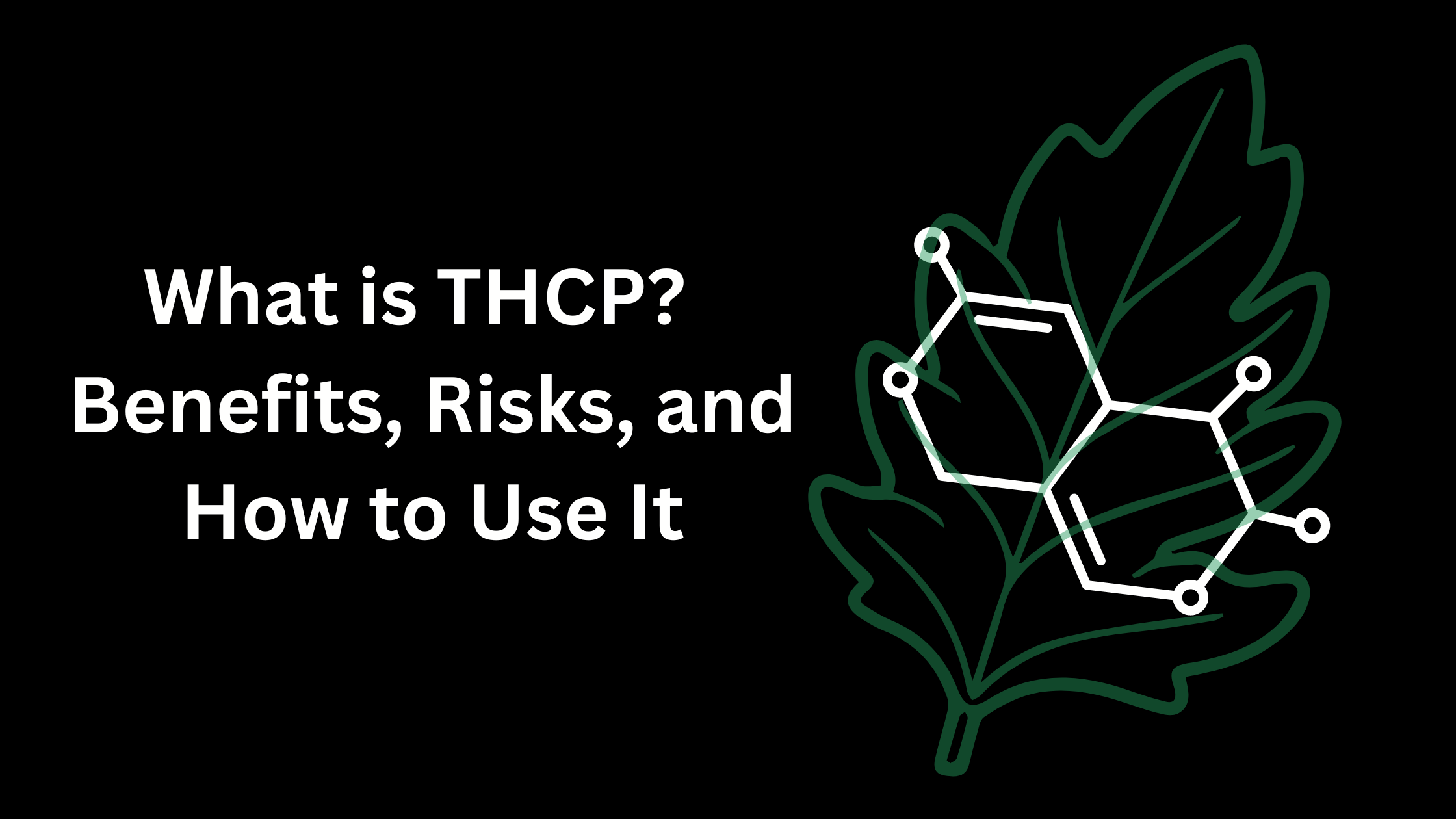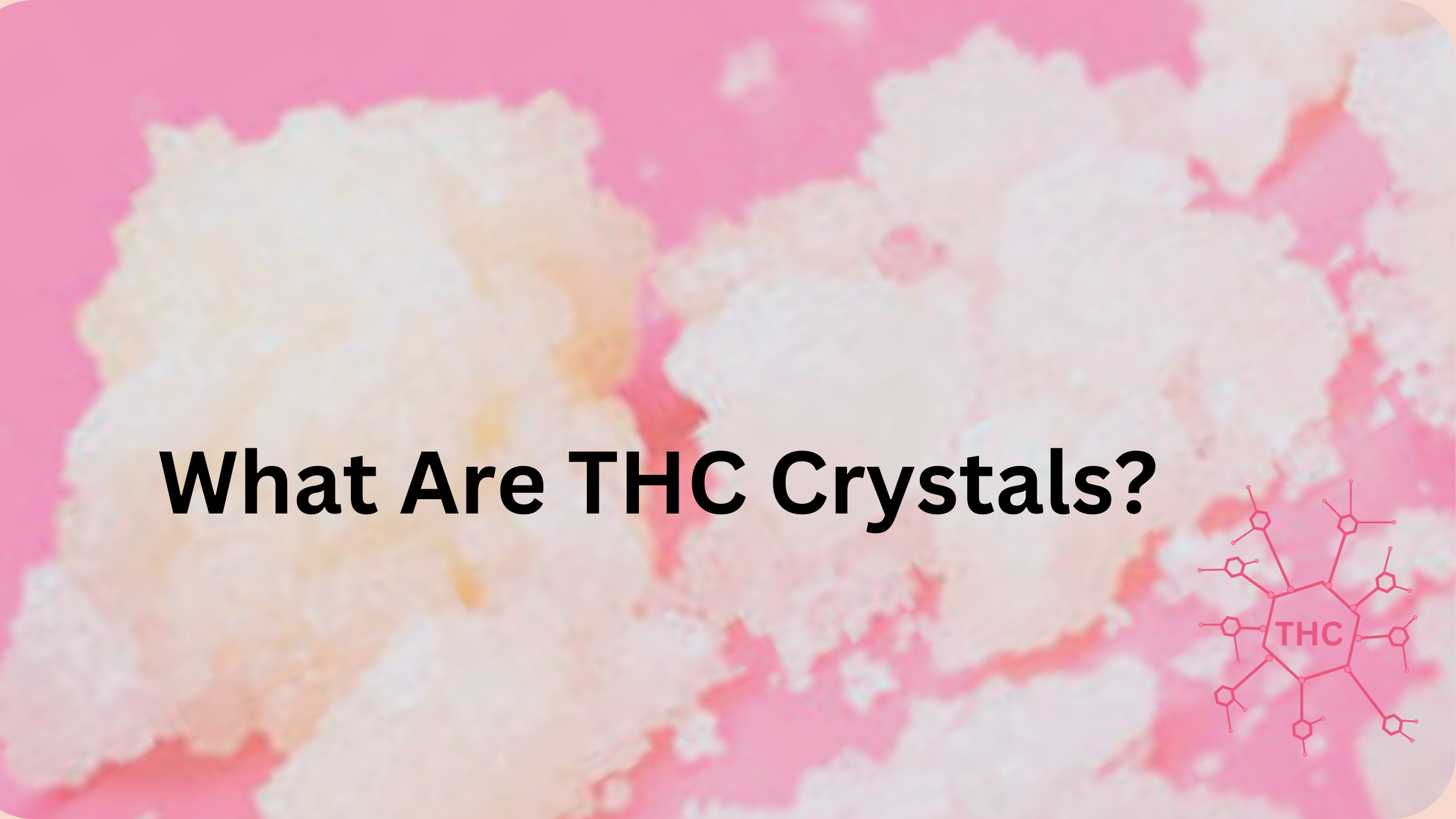Table of Contents
Introduction to HIV/AIDS
HIV/AIDS is one of the most devastating epidemics of our time. It is a chronic viral infection that attacks the body’s immune system, making individuals more susceptible to a variety of illnesses and infections. HIV stands for Human Immunodeficiency Virus, which attacks the immune system and can lead to AIDS, or Acquired Immunodeficiency Syndrome. AIDS is the final stage of HIV infection, characterized by severe damage to the immune system, leaving the body vulnerable to opportunistic infections and cancers.
Since the first cases of AIDS were identified in the 1980s, the virus has spread rapidly across the globe, infecting millions of people and causing immeasurable suffering. AIDS has had a particularly devastating impact in developing countries, where access to treatment and education is limited. While significant progress has been made in recent years to combat the epidemic, much work remains to be done in terms of prevention, treatment, and support for those affected.
This introduction serves as a brief overview of the AIDS epidemic, but it is important to recognize the complex social, economic, and cultural factors that contribute to the spread and impact of the virus. It is vital that we continue to educate ourselves and others about AIDS, work to reduce the stigma surrounding the disease, and advocate for policies and resources that promote prevention and support for those living with AIDS.
Cause of AIDS
AIDS, or Acquired Immunodeficiency Syndrome, is caused by the Human Immunodeficiency Virus (HIV). HIV attacks the immune system, specifically the CD4 cells (also known as T cells), which are responsible for fighting off infections and diseases.
HIV is transmitted through contact with certain bodily fluids, including blood, semen, vaginal fluids, and breast milk. The most common modes of transmission include unprotected sexual contact, sharing of needles or other injection equipment, and mother-to-child transmission during pregnancy, childbirth, or breastfeeding.
Once HIV enters the body, it begins to replicate and spread throughout the bloodstream, gradually depleting the number of CD4 cells. This can result in a weakened immune system, leaving the body vulnerable to a variety of opportunistic infections and cancers.
Without proper treatment, HIV can progress to AIDS, which is defined as a CD4 count below 200 cells/mm³, or the presence of certain opportunistic infections or cancers. While there is no cure for AIDS, antiretroviral therapy (ART) can help to slow the progression of the virus, improve quality of life, and reduce the risk of transmission to others.
Symptoms
The symptoms of AIDS, or acquired immunodeficiency syndrome, can vary widely depending on the individual and the stage of the disease. In the early stages of AIDS infection, some people may experience flu-like symptoms, including fever, headache, muscle aches, and fatigue. However, many people with AIDS may not experience any symptoms for years, even while the virus is damaging their immune system.
As HIV progresses to AIDS, the immune system becomes severely weakened, leaving the body vulnerable to a variety of opportunistic infections and cancers. Some common symptoms of AIDS may include:
- Rapid weight loss
- Chronic diarrhea
- Recurrent fever or night sweats
- Prolonged swelling of the lymph nodes in the neck, armpit, or groin
- Fatigue and weakness
- Sores, rashes, or other skin problems
- Shortness of breath and coughing
- Mental and neurological symptoms, such as confusion, forgetfulness, and difficulty concentrating.
It is important to note that many of these symptoms can also be caused by other medical conditions, and do not necessarily indicate HIV or AIDS. However, anyone who is experiencing these symptoms, especially if they are at high risk for HIV infection, should seek medical attention and get tested for HIV. Early diagnosis and treatment can significantly improve outcomes for people living with HIV/AIDS.
Treatment of AIDS
There is currently no cure for AIDS, or Acquired Immunodeficiency Syndrome, but there are effective treatments that can help to slow the progression of the disease and improve quality of life for people living with HIV.
Antiretroviral therapy (ART) is the primary treatment for HIV/AIDS. ART involves taking a combination of medications, typically a combination of three or more drugs, that work to suppress the replication of the virus and prevent it from damaging the immune system. There are several classes of drugs that can be used in ART, including nucleoside reverse transcriptase inhibitors (NRTIs), non-nucleoside reverse transcriptase inhibitors (NNRTIs), protease inhibitors (PIs), and integrase inhibitors.
In addition to ART, people with HIV/AIDS may also receive treatment for opportunistic infections and other complications associated with the disease. This can include medications to treat infections such as pneumonia, tuberculosis, and fungal infections, as well as medications to manage symptoms such as pain, nausea, and depression.
It is important for people with HIV/AIDS to work closely with their healthcare providers to develop a comprehensive treatment plan that addresses their specific needs and concerns. Regular monitoring of the virus and the immune system can help to ensure that treatment is effective and adjust it as necessary.
Prevention is also a critical component of AIDS treatment. This includes practices such as using condoms during sexual activity, not sharing needles or injection equipment, and getting tested for HIV regularly. People living with HIV who are on effective ART and have an undetectable viral load can significantly reduce the risk of transmitting the virus to others.
Negative Effects of these treatments
While antiretroviral therapy (ART) can be highly effective in treating HIV/AIDS and improving quality of life, there can be negative effects associated with these treatments. Some of the potential negative effects of ART may include:
- Side effects: Antiretroviral medications can cause a range of side effects, such as nausea, diarrhea, fatigue, headaches, and skin rashes. In some cases, these side effects can be severe enough to affect a person’s daily life.
- Drug interactions: Some antiretroviral medications can interact with other medications, including over-the-counter drugs and supplements, which can affect their efficacy and lead to additional side effects.
- Development of drug-resistant strains of HIV: Over time, HIV can develop resistance to certain antiretroviral medications, making them less effective. This can require changes to the medication regimen, which can be difficult and may lead to additional side effects.
- Long-term health effects: While ART can improve outcomes for people with HIV/AIDS, long-term use of these medications can be associated with a higher risk of certain health conditions, such as cardiovascular disease, liver disease, and osteoporosis.
- Emotional and psychological effects: Living with HIV/AIDS and undergoing treatment can be emotionally and psychologically challenging, and may require additional support and resources to address.
It is important to note that not everyone who undergoes ART will experience negative effects, and that the benefits of these treatments generally outweigh the risks. However, it is important for people with HIV/AIDS to work closely with their healthcare providers to monitor for potential negative effects and adjust their treatment as necessary.
Marijuana as a treatment for AIDS
Marijuana, or cannabis, has been studied as a potential treatment for a variety of medical conditions, including HIV/AIDS. While some people with HIV/AIDS may use marijuana to manage symptoms such as pain, nausea, and appetite loss, there is currently limited scientific evidence to support its use as a primary treatment for the disease.
Some studies have suggested that marijuana may have some anti-inflammatory and immune-modulating effects, which could potentially benefit people with HIV/AIDS. However, other studies have found that marijuana use may be associated with negative effects on the immune system and may increase the risk of infections and other health problems.
In addition, the use of marijuana as a treatment for HIV/AIDS raises several legal and ethical considerations. Marijuana is still illegal under federal law in many countries, and its use may be subject to criminal penalties. Additionally, the safety and efficacy of marijuana as a medical treatment for HIV/AIDS has not been fully established through clinical trials, and it is not currently approved by regulatory agencies for this purpose.
Overall, while some people with HIV/AIDS may find marijuana helpful for managing symptoms, it is important for them to work closely with their healthcare providers and to consider the potential risks and benefits of its use. People with HIV/AIDS should also be aware of the legal and ethical considerations surrounding marijuana use, and should only obtain and use it through legal and regulated channels where available.

Effects of using Marijuana
Some of the potential positive effects of using marijuana as a treatment for HIV/AIDS may include:
- Pain relief: Marijuana has been shown to have analgesic (pain-relieving) effects, which may be helpful for people with HIV/AIDS who experience chronic pain as a result of the disease or its treatments.
- Appetite stimulation: One of the common symptoms of HIV/AIDS is loss of appetite and weight loss, which can be associated with a poorer prognosis. Marijuana use has been shown to stimulate appetite, which may help people with HIV/AIDS to maintain a healthy weight and improve their overall health outcomes.
- Nausea reduction: Marijuana has been used as an antiemetic (a drug that reduces nausea and vomiting) in cancer patients undergoing chemotherapy. It may also be helpful for people with HIV/AIDS who experience nausea and vomiting as a result of the disease or its treatments.
- Improved mood: Some people with HIV/AIDS may experience depression, anxiety, or other mood disorders, which can be challenging to manage. Marijuana use has been shown to have mood-enhancing effects in some individuals, which may help to improve their overall quality of life.
However, it is important to note that the use of marijuana as a treatment for HIV/AIDS may also be associated with negative effects, such as impairment of cognitive and motor functions, and may increase the risk of certain infections and other health problems. As such, the use of marijuana should be carefully considered and closely monitored in consultation with healthcare providers.
Epilogue
In conclusion, HIV/AIDS remains a significant public health challenge, affecting millions of people worldwide. While there is currently no cure for the disease, advances in medical treatments such as antiretroviral therapy have greatly improved outcomes for people with HIV/AIDS, allowing them to live longer, healthier lives.
However, the management of HIV/AIDS requires ongoing care, support, and resources, and there are still many challenges to be addressed, including stigma and discrimination, access to healthcare and medications, and the development of effective preventive measures, such as a vaccine.
In the meantime, people with HIV/AIDS can work closely with their healthcare providers to manage their symptoms and improve their quality of life, while also taking steps to reduce the risk of transmission to others. This may include the use of antiretroviral therapy, as well as lifestyle changes such as regular exercise, a healthy diet, and avoidance of high-risk behaviors.
While there is still much to be done to address the global HIV/AIDS epidemic, the ongoing efforts of healthcare providers, researchers, policymakers, and advocates offer hope for a brighter future for people living with the disease. By continuing to work together to raise awareness, improve access to care, and develop new treatments and preventive measures, we can strive towards a world where HIV/AIDS is no longer a major public health threat.
Related Articles on the conditions to get Marijuana Cards in NY




Leave a Reply